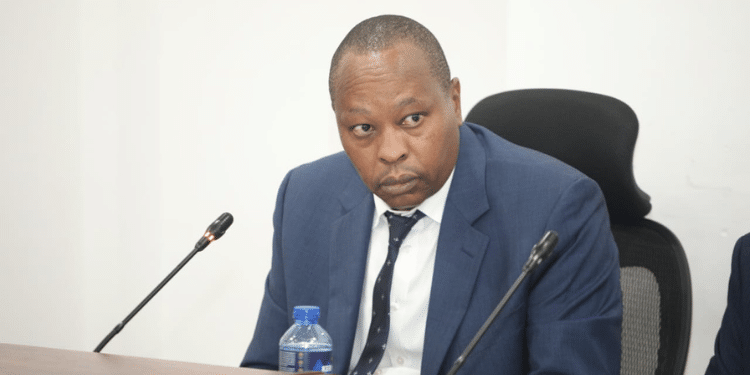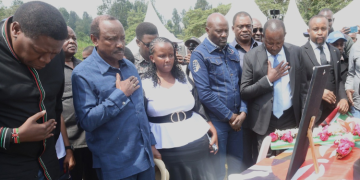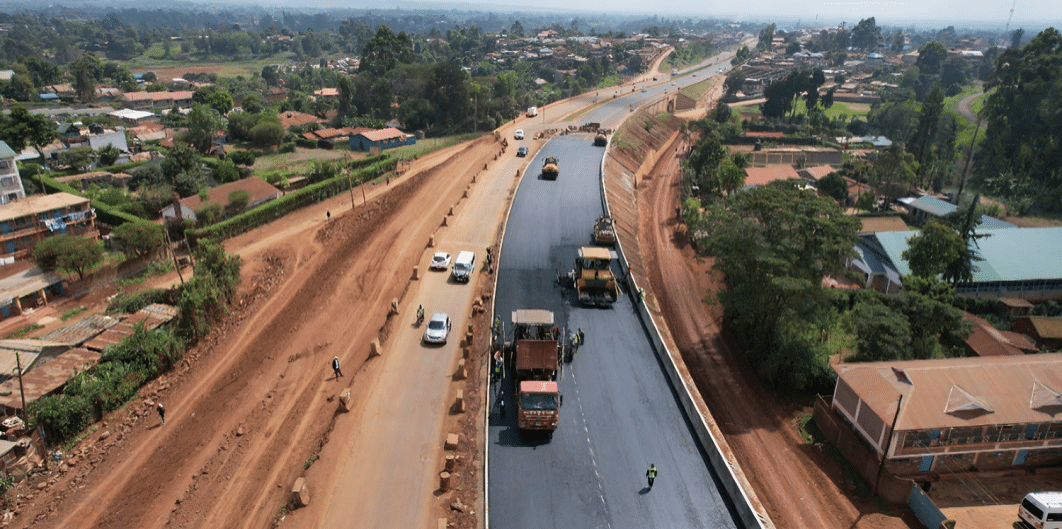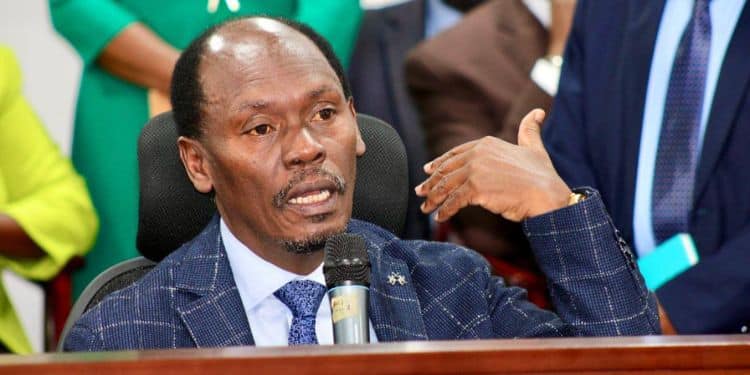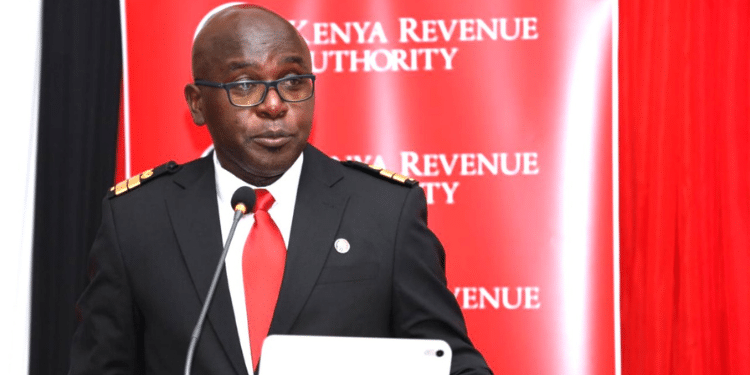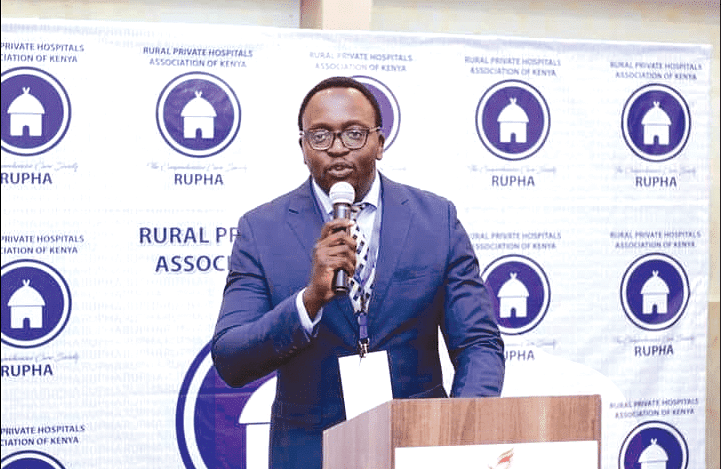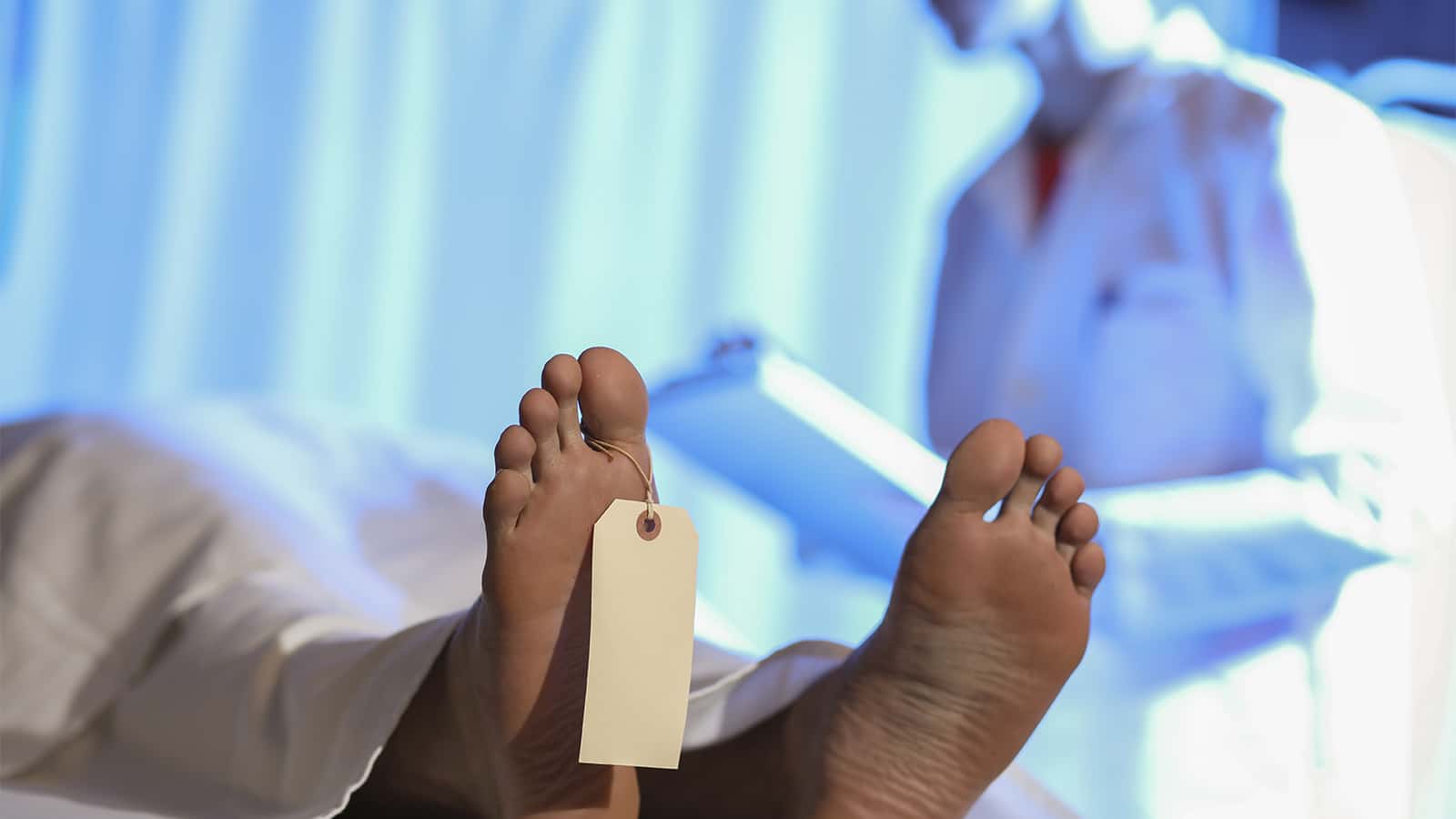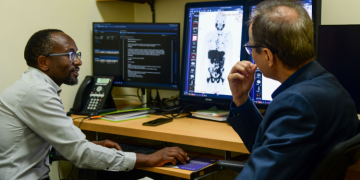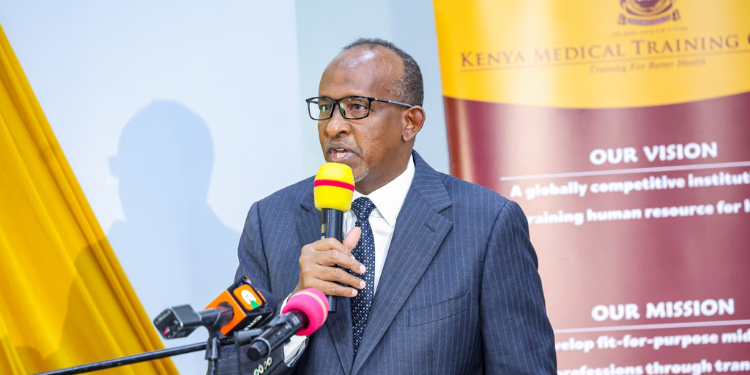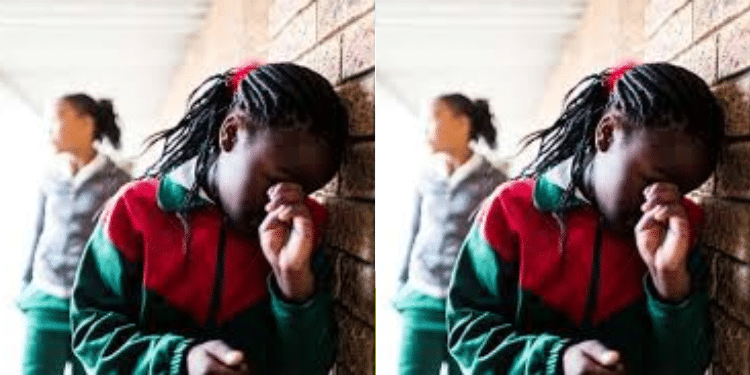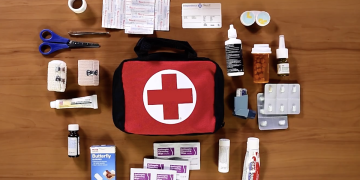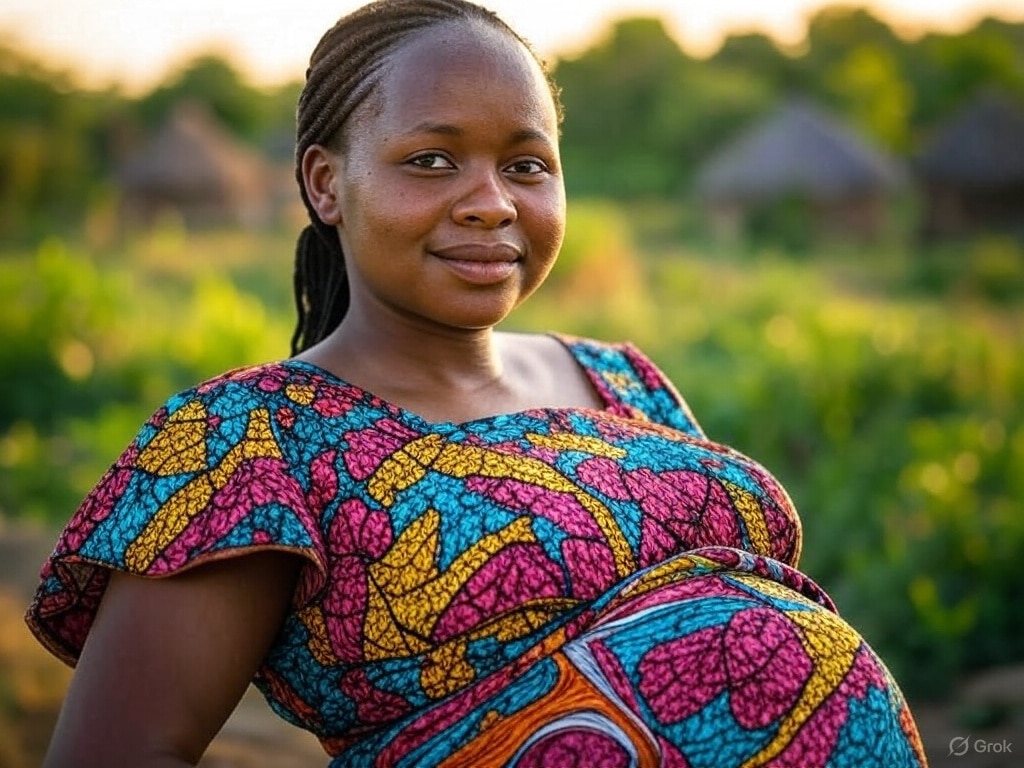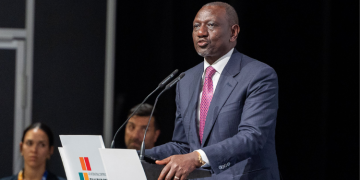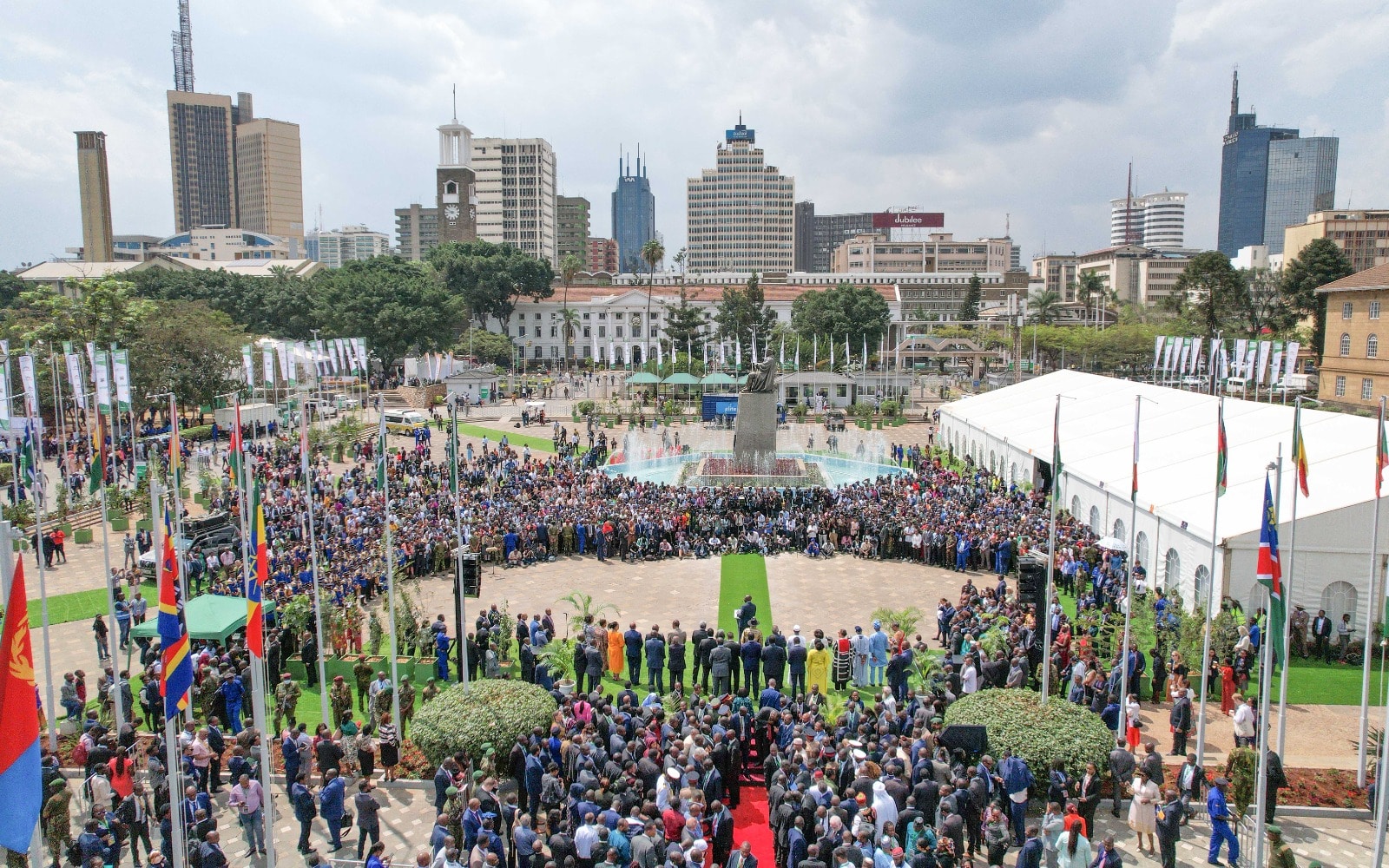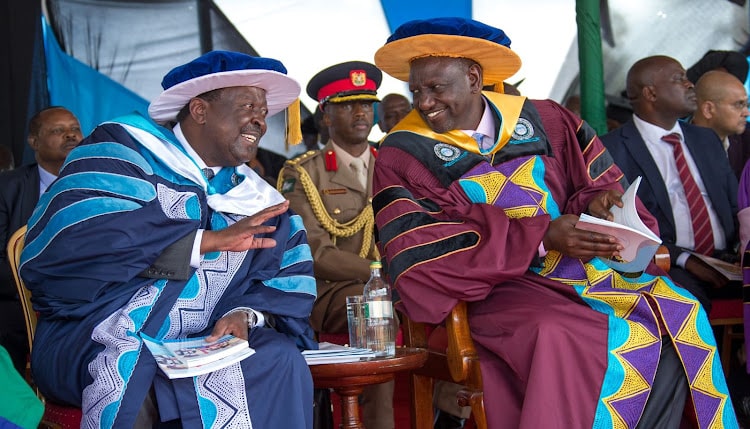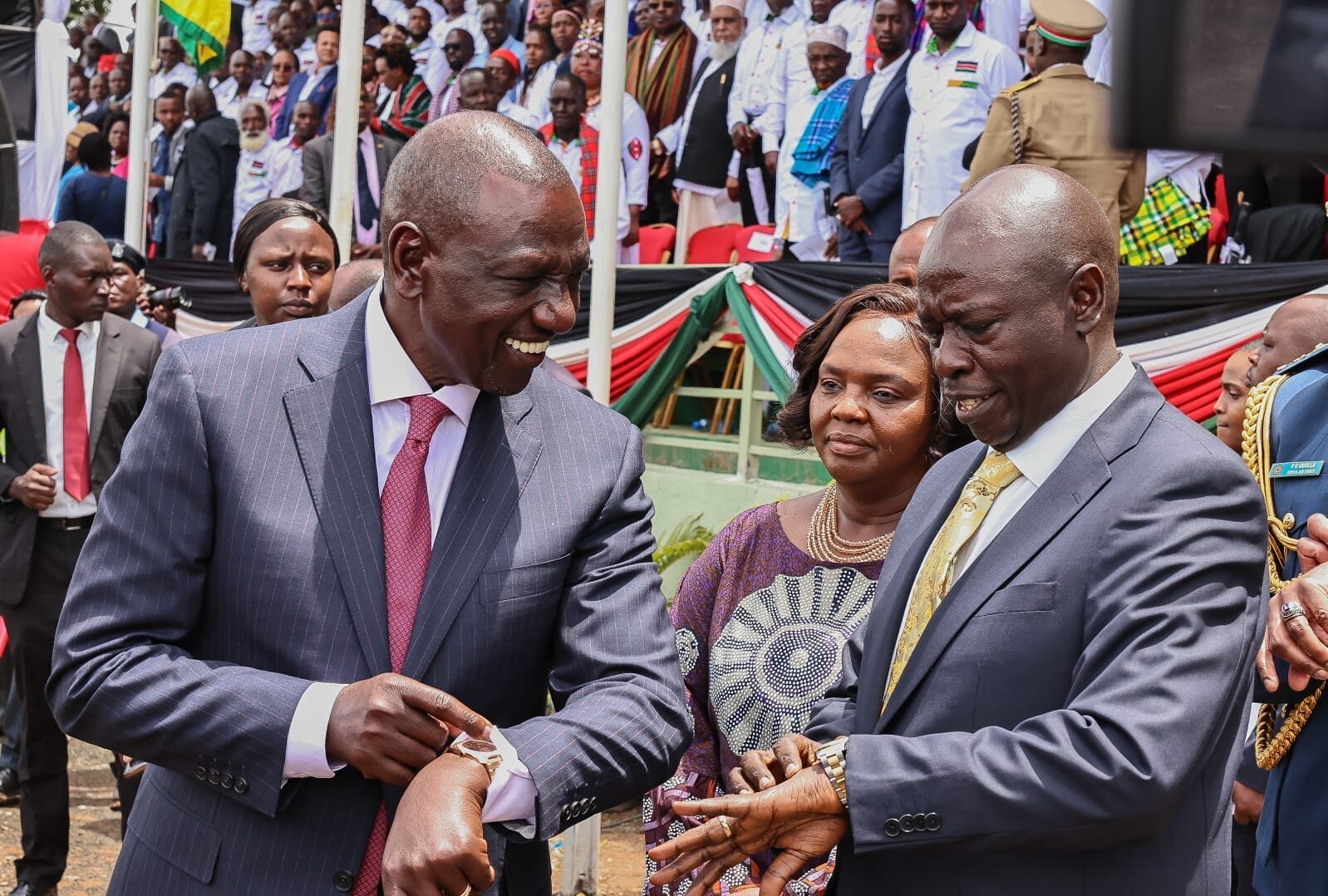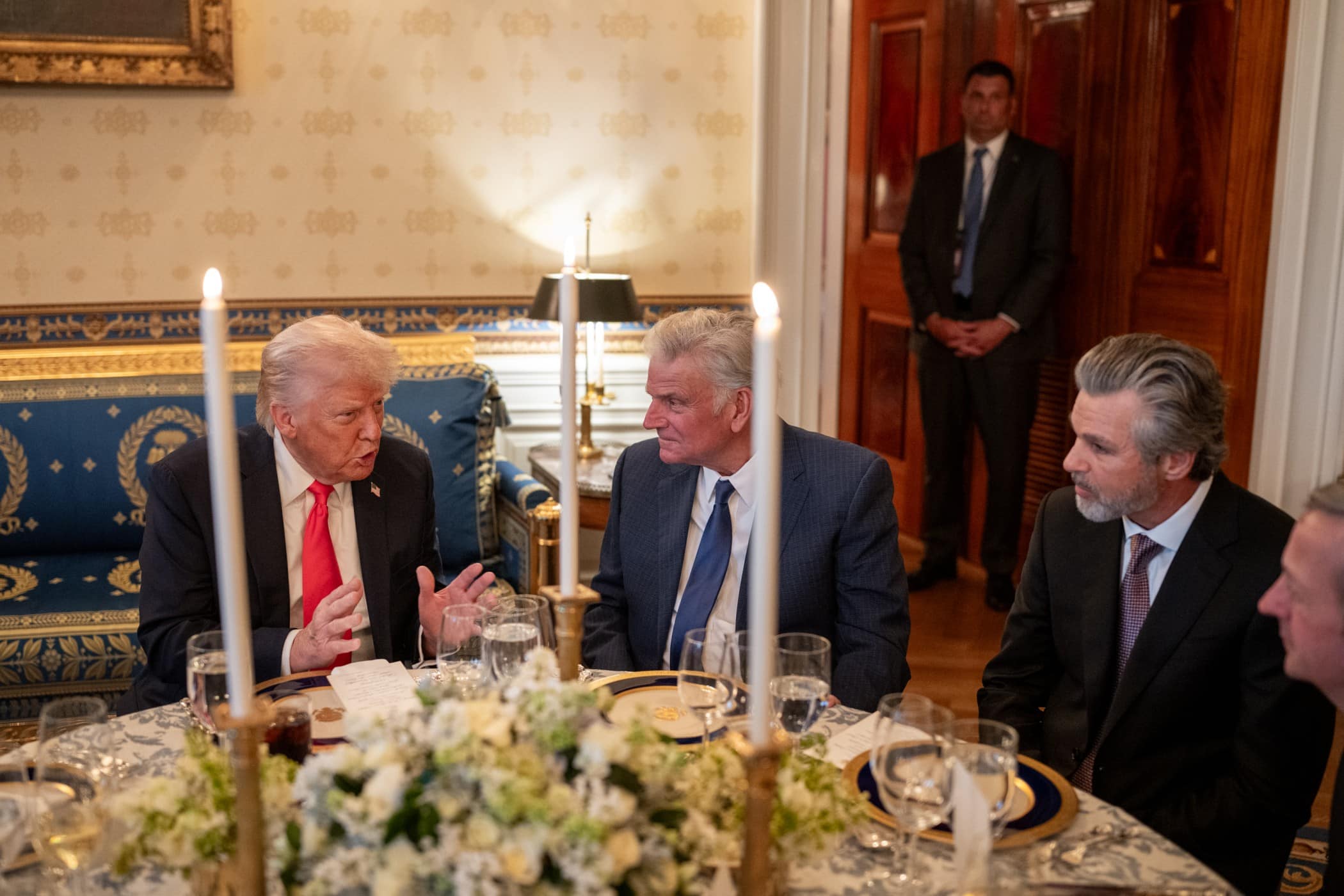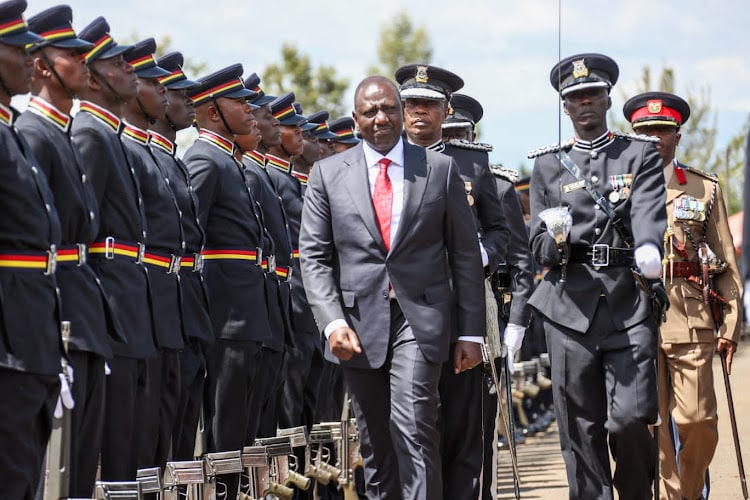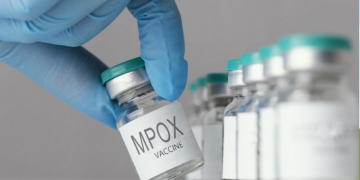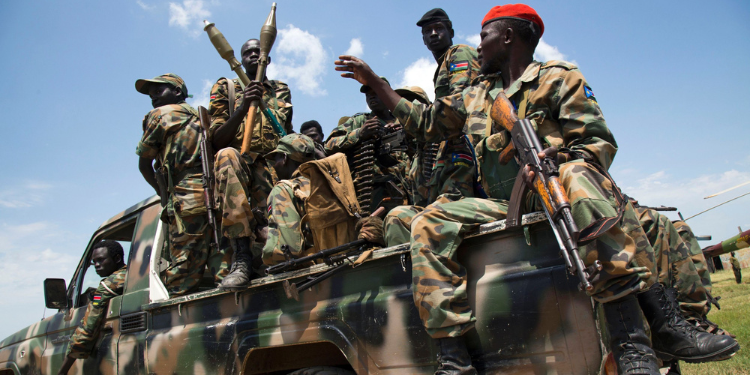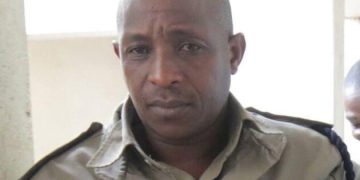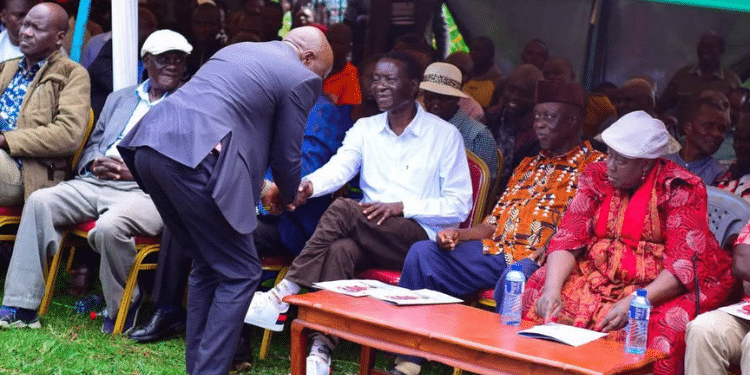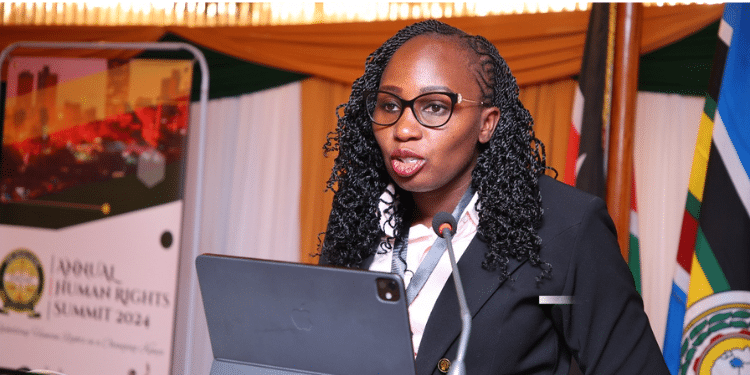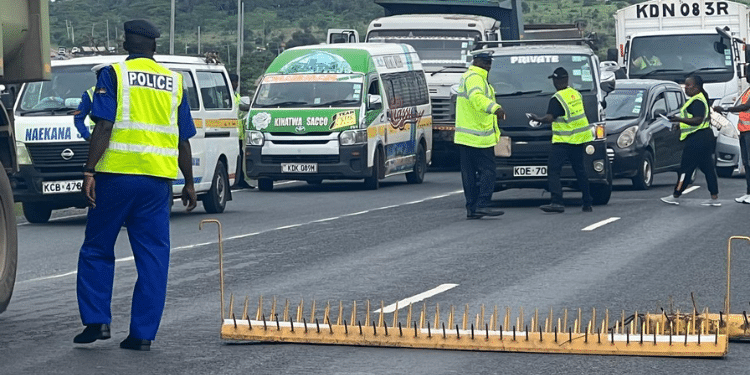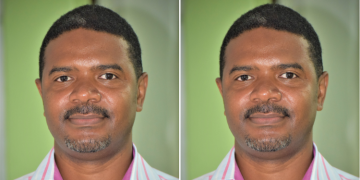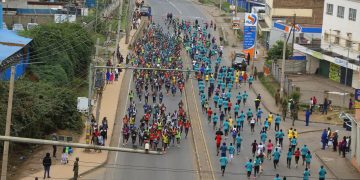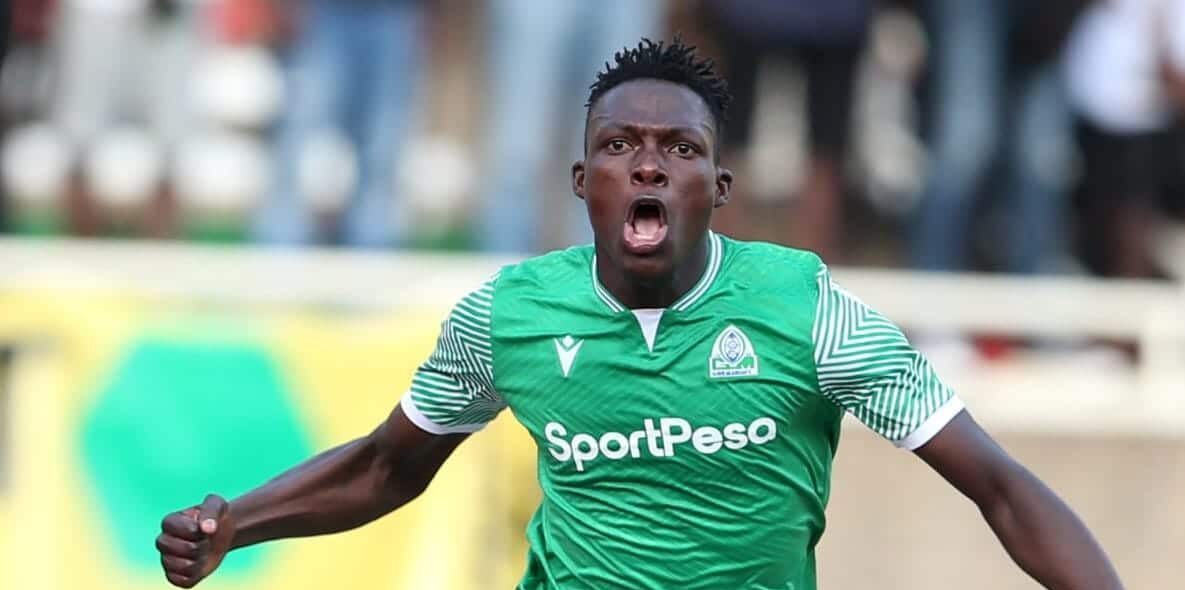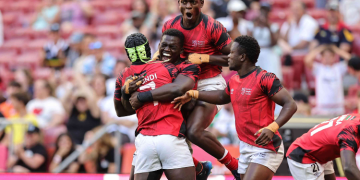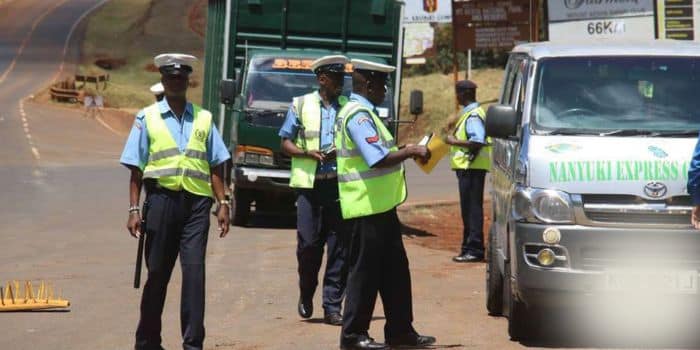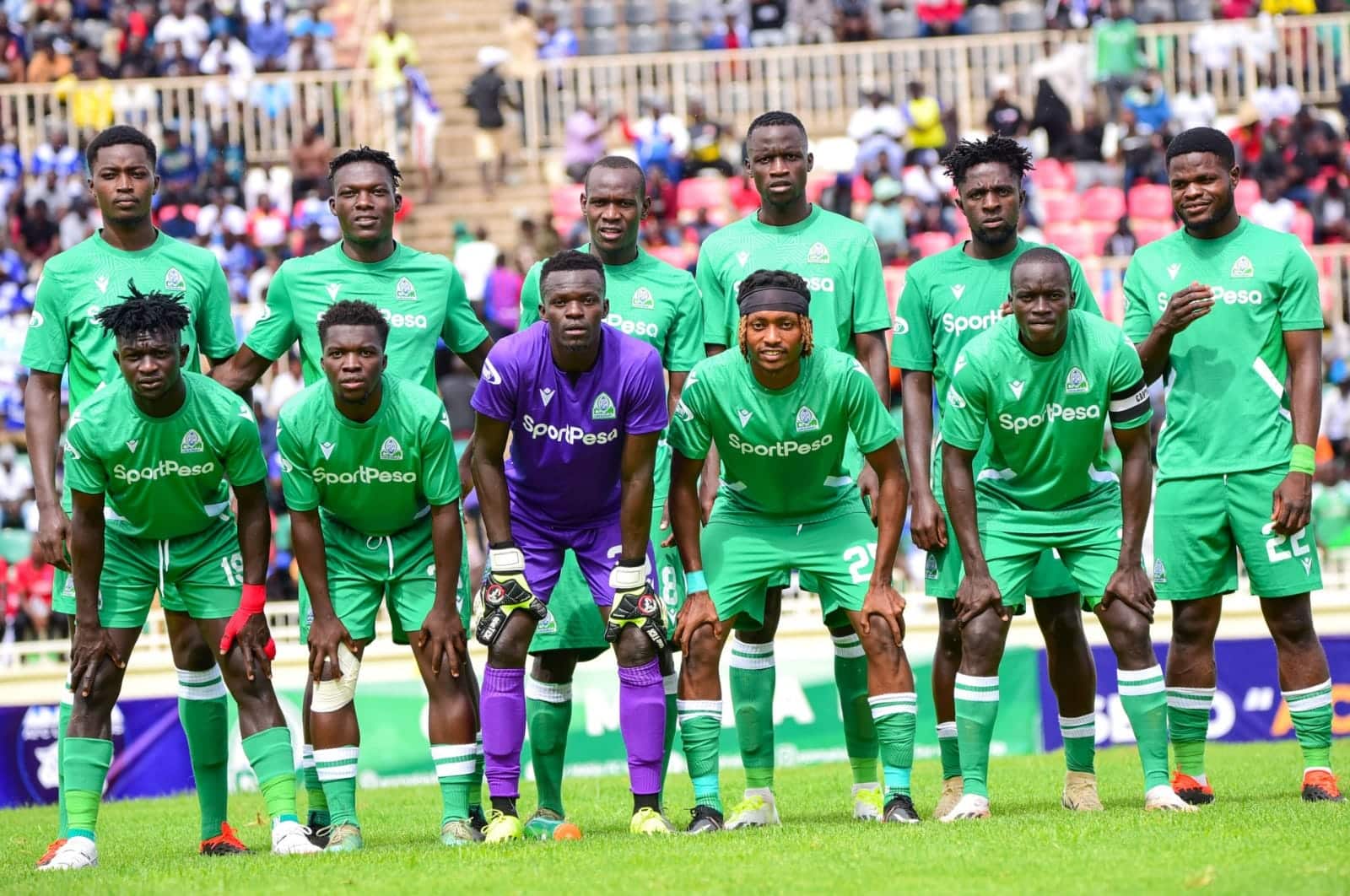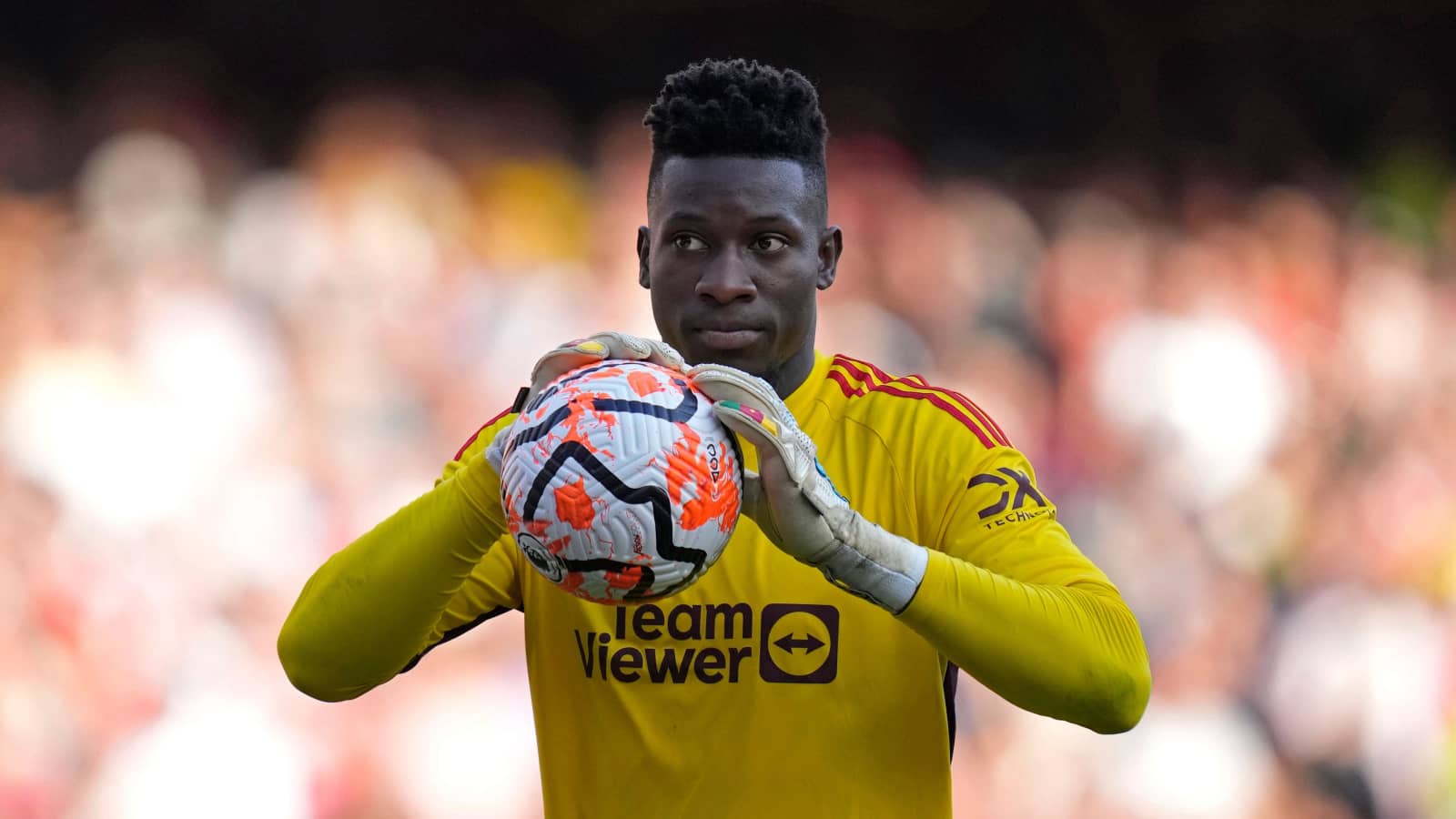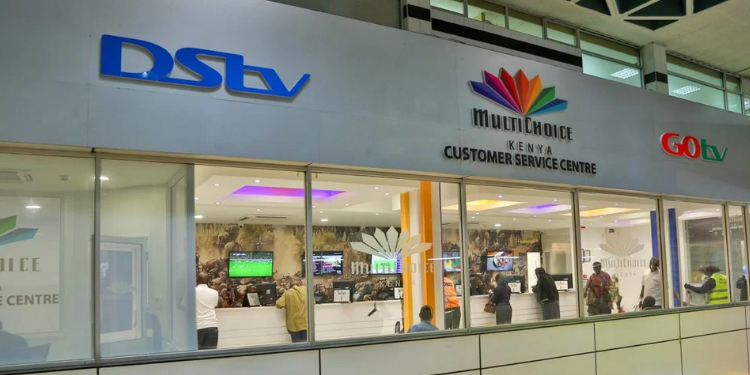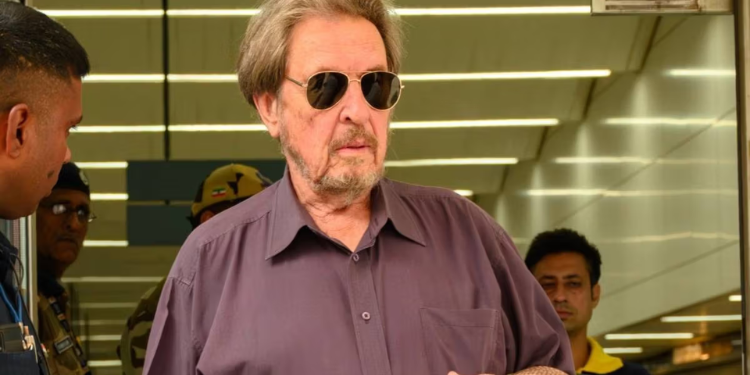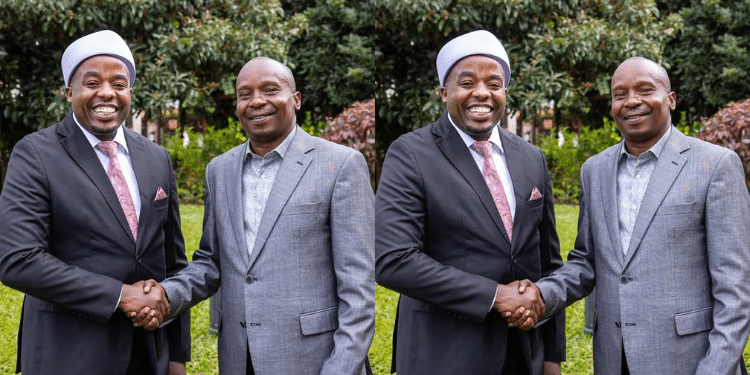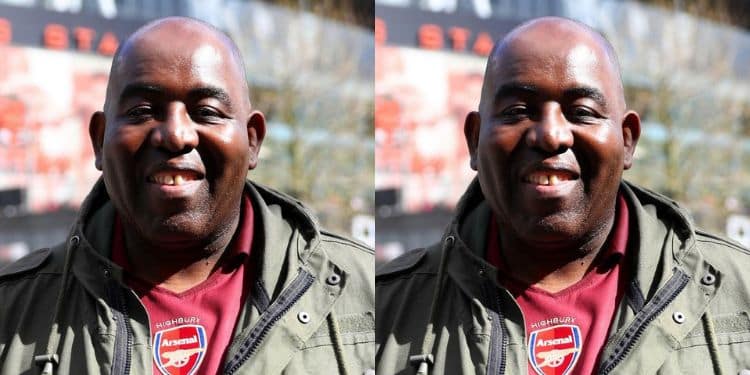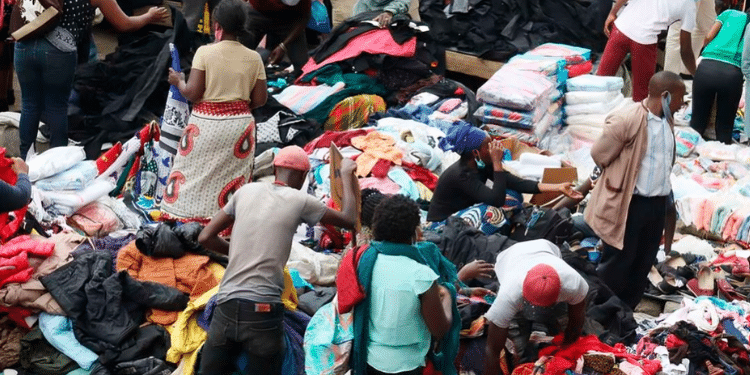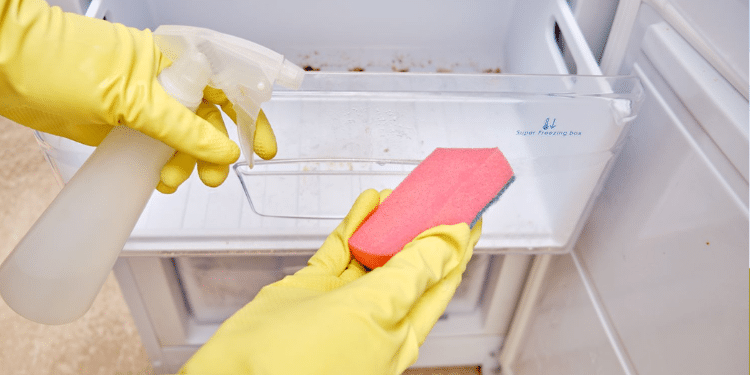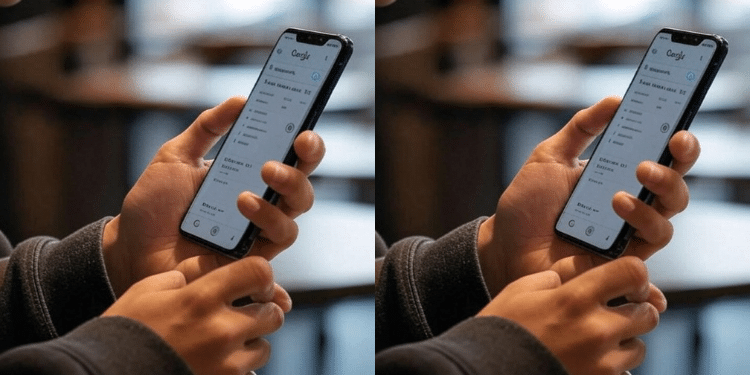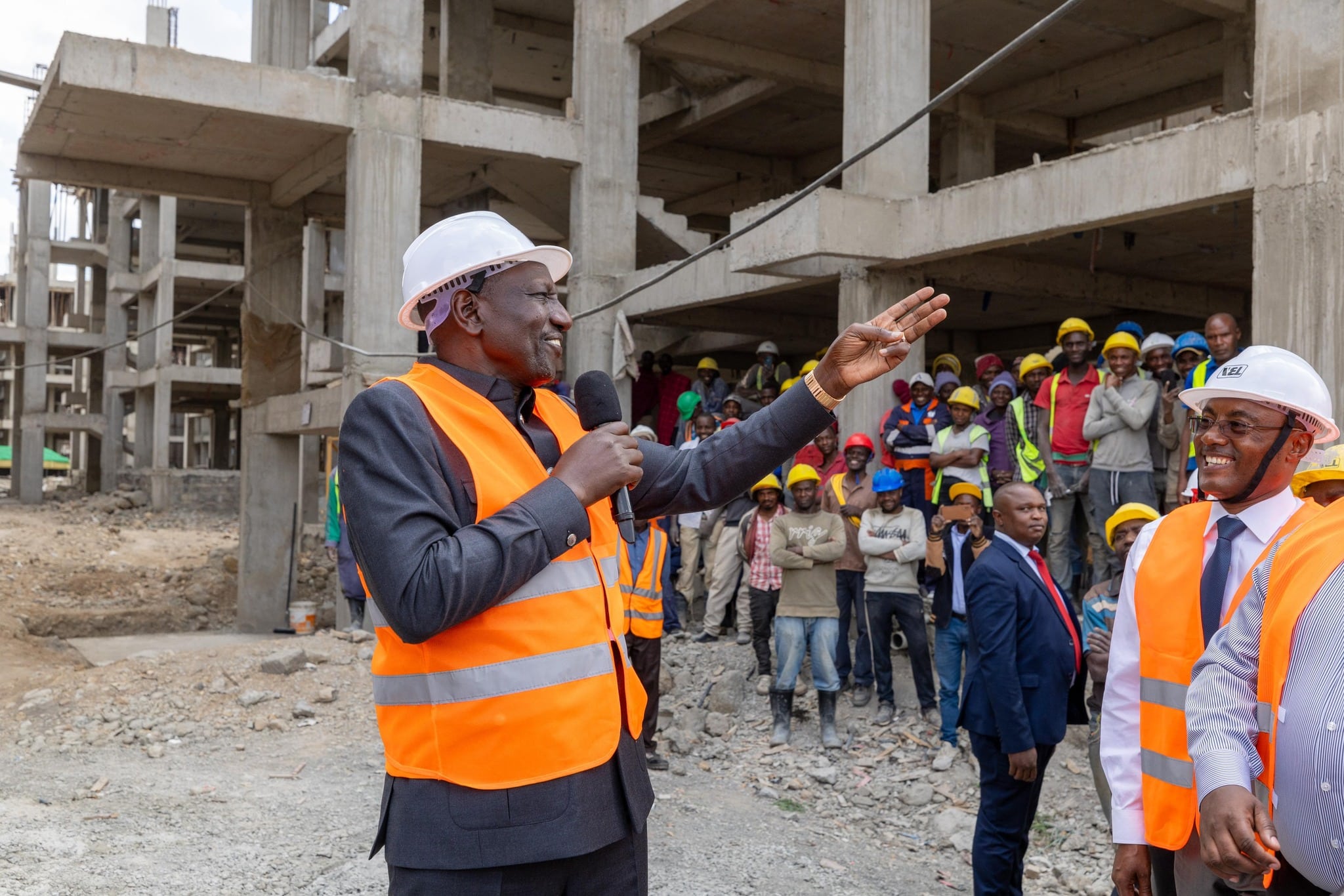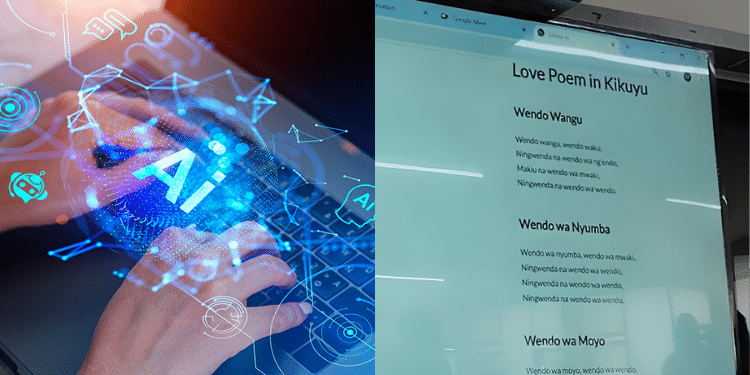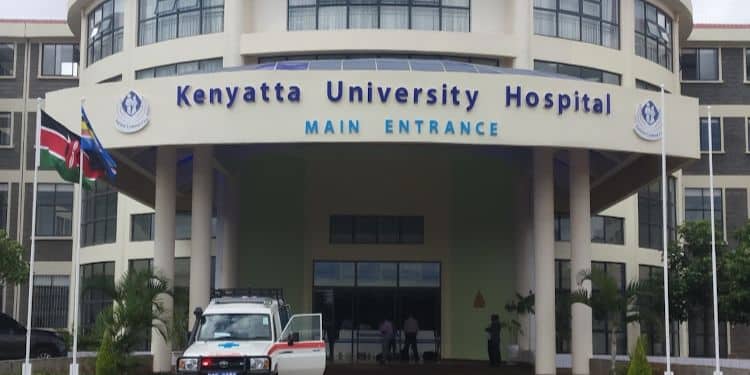Kenyatta University Teaching and Research Hospital (KUTRRH) has reached a significant milestone in pediatric care.
In a statement released on July 11, KUTRRH revealed that it had performed the first pediatric bronchoscopy at its facilities.
“We’re excited to announce that our team yesterday has successfully performed the first pediatric bronchoscopy at KUTRRH,” read the statement in part
“This landmark procedure showcases our commitment to advancing pediatric healthcare and ensuring the best outcomes for our young patients.”

The facility conveyed appreciation to the medical personnel who were involved in making the procedure a success.
Among them was Dr. Waruingi, consultant cardiac anaesthetist whose expertise and “calm demeanor” were pivotal during the procedure.
The hospital also thanked Derick, a theatre nurse, for his support and professionalism throughout the process.
KUTRRH also committed to continuing with the push for improved medical care and providing the highest level of service to the community.
Also Read: NHIF to SHA – CS Nakhumicha Explains New Health Insurance Registration Process
About Bronchoscopy Done at Kenyatta University
According to Mayo clinic, bronchoscopy is a procedure that lets doctors look at your lungs and air passages.
It’s usually performed by a doctor who specializes in lung disorders (a pulmonologist).
During bronchoscopy, a thin tube (bronchoscope) is passed through your nose or mouth, down your throat and into your lungs.
Bronchoscopy is most commonly performed using a flexible bronchoscope.
However, in certain situations, such as if there’s a lot of bleeding in your lungs or a large object is stuck in your airway, a rigid bronchoscope may be needed.
Common reasons for needing bronchoscopy are a persistent cough, infection or something unusual seen on a chest X-ray or other test.
Bronchoscopy can also be used to obtain samples of mucus or tissue, to remove foreign bodies or other blockages from the airways or lungs, or to provide treatment for lung problems.
Also Read: NHIF to SHA – CS Nakhumicha Explains New Health Insurance Registration Process
Why It Is Done
Bronchoscopy is usually done to find the cause of a lung problem. For example, your doctor might refer you for bronchoscopy when you have a persistent cough or an abnormal chest X-ray.
Some of the reasons for doing bronchoscopy include:
- Diagnosis of a lung problem
- Identification of a lung infection
- Biopsy of tissue from the lung
- Removal of mucus, a foreign body, or other obstruction in the airways or lungs, such as a tumor
- Placement of a small tube to hold open an airway (stent)
During some procedures, special devices may be passed through the bronchoscope, such as a tool to obtain a biopsy, an electrocautery probe to control bleeding or a laser to reduce the size of an airway tumor. Special techniques are used to guide the collection of biopsies to ensure the desired area of the lung is sampled.
In people with lung cancer, a bronchoscope with a built-in ultrasound probe may be used to check the lymph nodes in the chest. This is called endobronchial ultrasound (EBUS) and helps doctors determine the appropriate treatment. EBUS may be used for other types of cancer to determine if the cancer has spread.
Follow our WhatsApp Channel for real-time news updates!
https://whatsapp.com/channel/0029VaB3k54HltYFiQ1f2i2C


